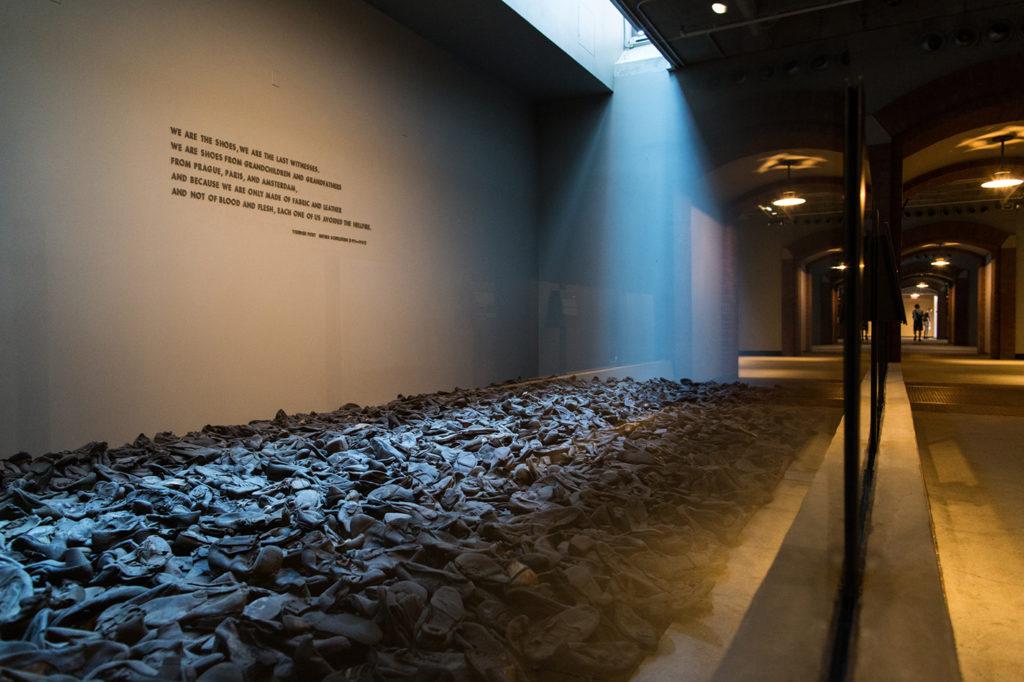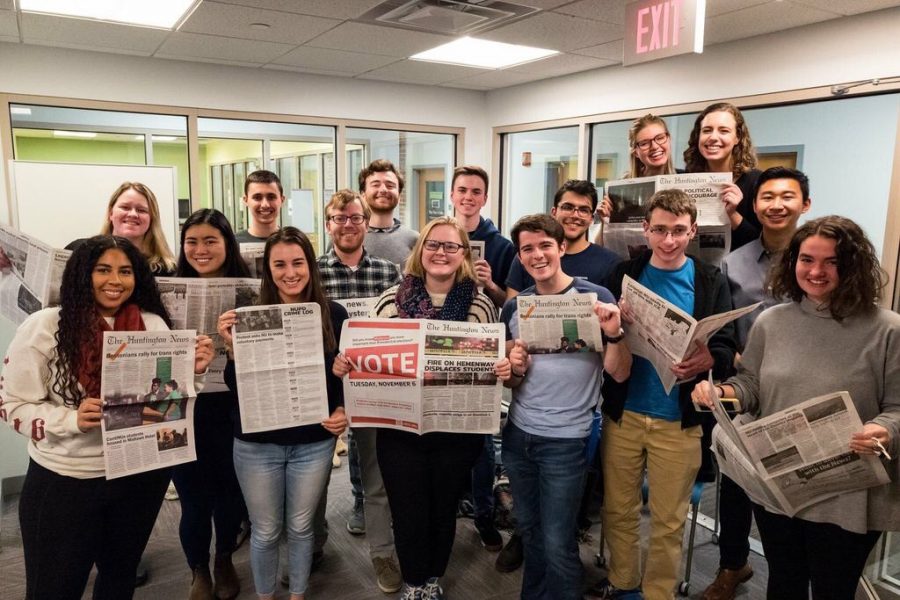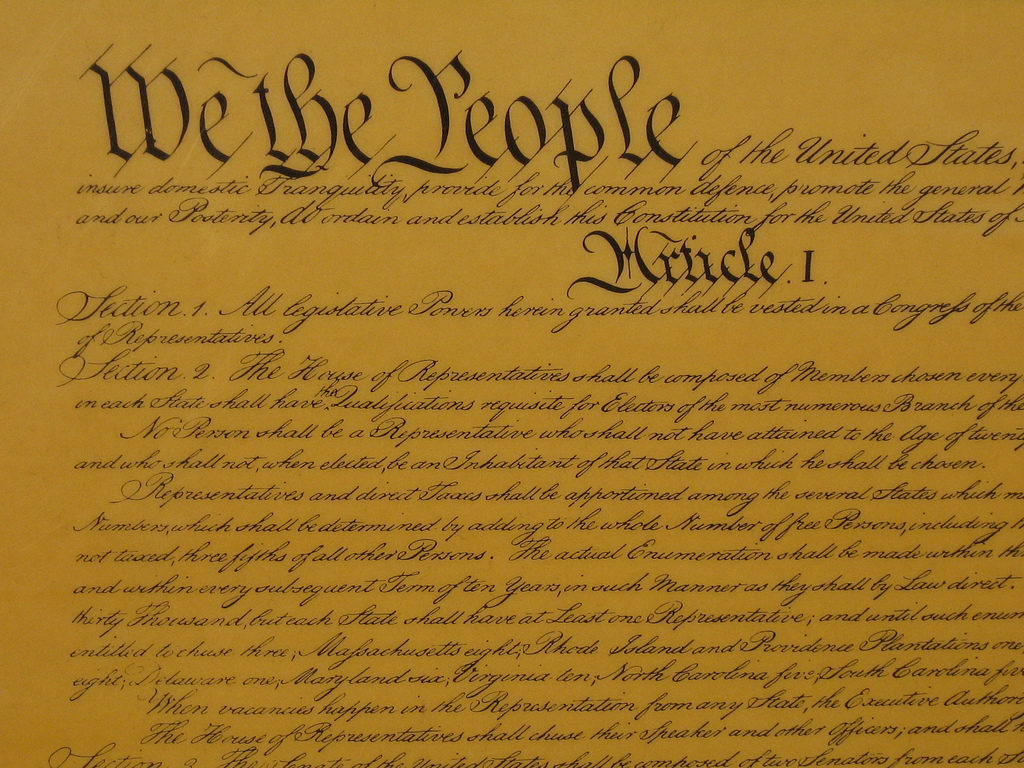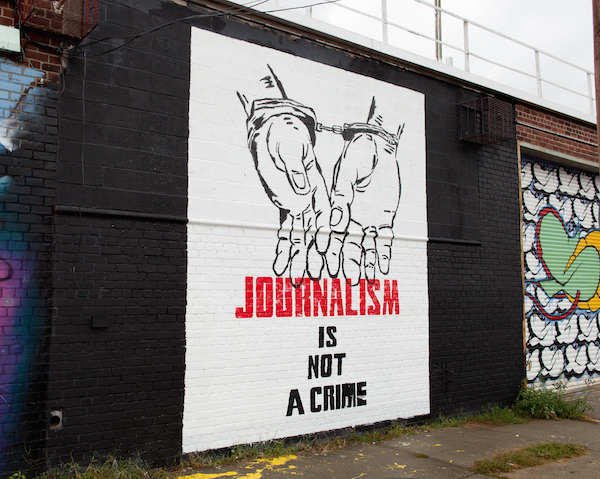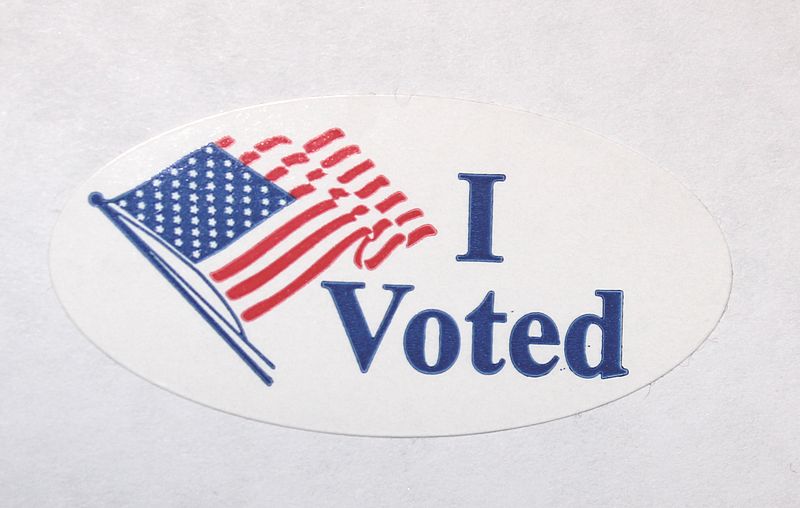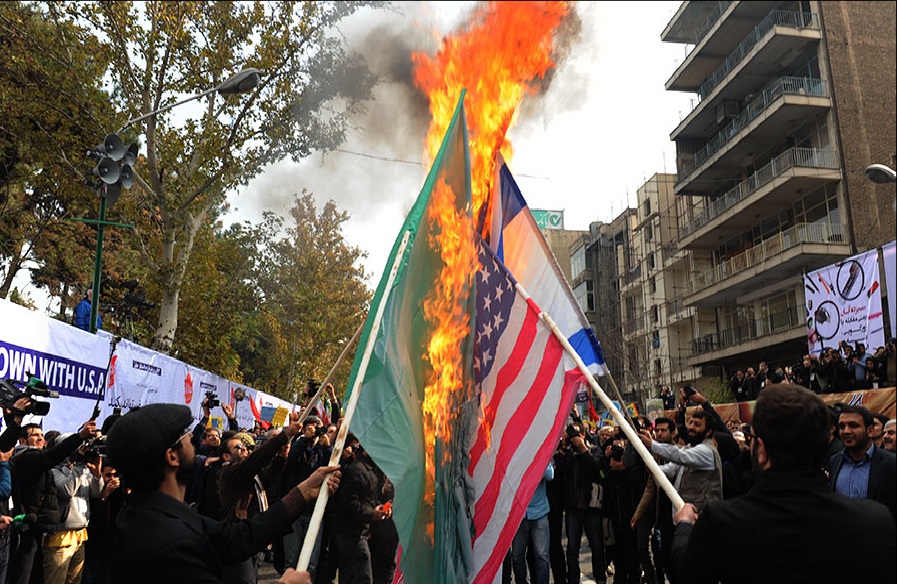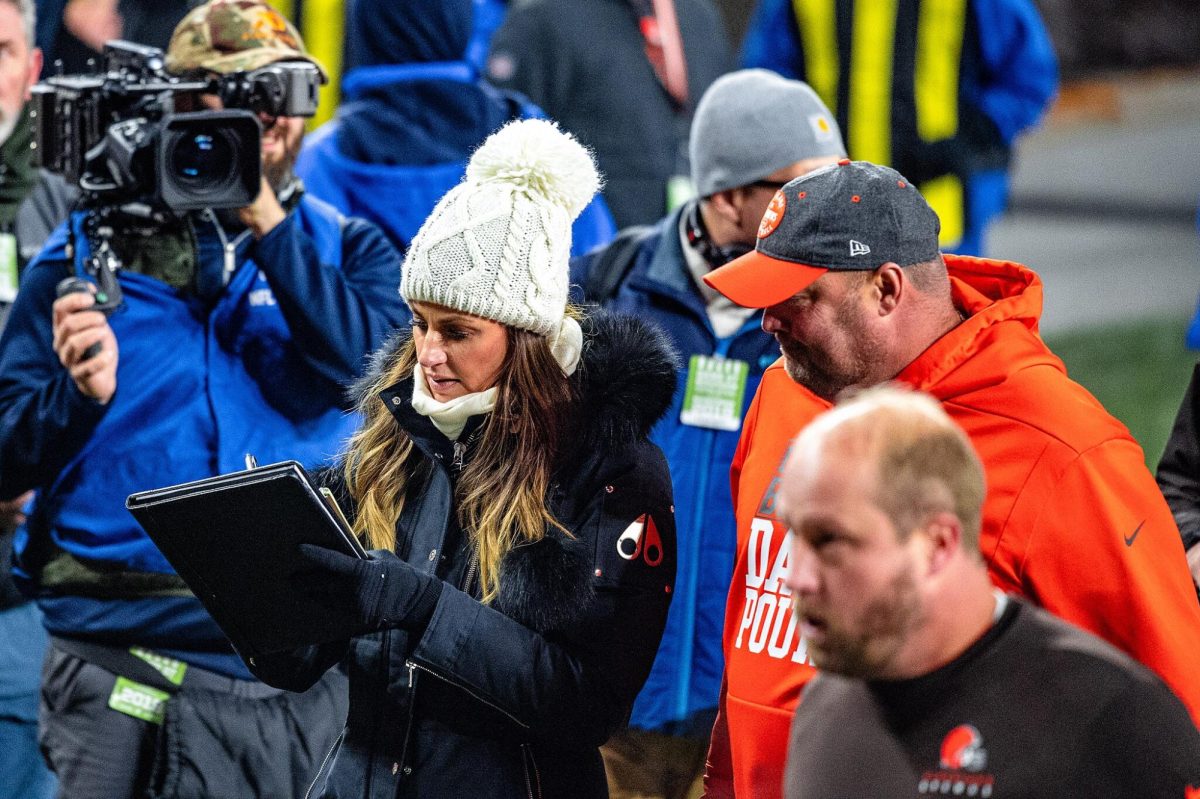“In the name of the perished, I pledge to do everything in my power throughout my presidency, and my life, to ensure that the forces of evil never again defeat the powers of good. Together, we will make love and tolerance prevalent throughout the world.”
These were the final two sentences of President Donald J. Trump’s statement on International Holocaust Remembrance Day. They followed four other sentences, all of which referred to Holocaust victims in vague terms: “victims, survivors, heroes of the Holocaust;” “innocent people;” “those who died.” Nowhere, as a large part of the Internet has taken note of since the statement’s release on Jan. 27, did Trump mention the targeting of Jewish people.
According to CNN, after the noticeable blank was brought to the White House’s attention, there was absolutely no attempt at an apology. In fact, Press Secretary Sean Spicer blasted news outlets for reporting the absence in the statement.
“To suggest that remembering the Holocaust and acknowledging all of the people—Jewish, gypsies [Roma people], priests, disabled, gays and lesbians—it is pathetic that people are picking on a statement,” Spicer said.
It is true that other groups were persecuted in Nazi Germany. Criminals, political prisoners, “asocials” and homosexual people all had specific colored symbols they were marked with in concentration camps, according to the U.S. Holocaust Memorial Museum. However, to eliminate the fact that 6 million Jewish people were systematically exterminated is not only irresponsible – it can be is malicious. And with the context of the current sociopolitical climate, particularly the dangerous rise of anti-Semitic Twitter users and unabashed neo-Nazis, we have to ask whether the White House excluded Jews deliberately.
“Trump’s most fervent supporters included outspoken anti-Semites, online trolls on the ‘alt-right’ who delighted at tormenting Jewish journalists and public figures,” Libby Nelson wrote for Vox. “His campaign flirted with anti-Semitic tropes, including tweeting an image of a star of David with Hillary Clinton’s face superimposed on a pile of money. His closing ad warned of a shadowy cabal of bankers and international elites. His son casually used the phrase ‘warming up the gas chambers’ to refer to vociferous criticism.”
Then, on Monday, Trump gave Stephen K. Bannon—his chief strategist, and a known anti-Semite and white supremacist who has been denounced by the Anti-Defamation League (ADL)—a full seat on the “principals committee” of the National Security Council, according to The New York Times. Bannon’s promotion is only the latest in a steady increase of modern American anti-Semitism, and it harkens back to the open rise of Holocaust deniers in the early 2000s. Jonathan Greenblatt, CEO and national director of the ADL, points out in a Medium post titled “#NeverAgain” that International Holocaust Remembrance Day was established by the United Nations in part to combat this trend.
“The Holocaust,” he wrote, “was about Jews in every sense.” Greenblatt also noted the perils of forgetting: ADL’s global survey on anti-Semitism has found that 35 percent of people worldwide do not know of the Holocaust, and 28 percent believe it didn’t happen.
At the labor camp in Dachau, where the first Nazi gas chamber was tested, the grounds were surrounded by electric fences. Through each wire ran 10,000 volts. In a monument designed by Nandor Glid standing at the site now, a grisly scene unfolds: Twisted bodies, tangled in wires, representing the prisoners who would commit suicide by jumping at the fence. Guards would leave them there as a warning.
In Washington, at the U.S. Holocaust Memorial Museum, visitors bear witness to a case of shoes confiscated from prisoners at Majdanek, a concentration camp that was located outside Lublin, Poland. Fading leather shoes, some single and some in pairs, ranging in size from children’s to adults’, pile on top of each other. It’s not difficult to recognize the grim resemblance they bear to bodies of Holocaust victims stacked on one another in Nazi wagons.
Genocides have happened around the world since the Holocaust, notably in Rwanda and in Bosnia and Herzegovina. Concentration camps exist in North Korea today, as we know from satellite imagery. And here in the United States, the White House is flirting with the idea that systematic extermination of Jewish people was negligible.
Do not accept this.
Photo courtesy of the U.S. Holocaust Memorial Museum


